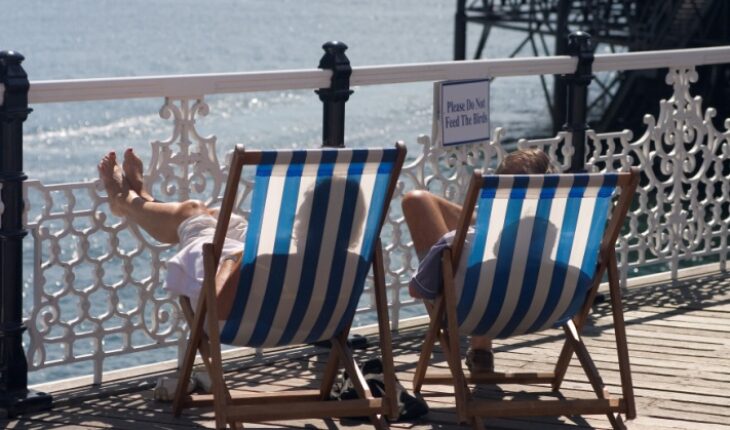The Truth About Tanning and Staying Safe in the Sun: Dr Tim Woodman, Medical Director for Cancer Services, Bupa UK Insurance, shares his advice.
As the weather warms and people begin to spend more time outdoors, it’s common to see a rise in interest around tanning—whether through natural sun exposure or sunbeds. Unfortunately, many still believe myths about tanning and underestimate the risks of UV radiation.
Dr Tim Woodman, Medical Director for Cancer Services at Bupa UK, shares a clear message: there’s no such thing as a safe tan caused by UV exposure.
“Tanning, whether outdoors or using a sunbed, actually means your skin is reacting to damage. That damage, caused by UV rays, can have serious long-term effects—including an increased risk of skin cancer. The risk of developing melanoma rises by 75% for those who use sunbeds before the age of 35.
“There’s a persistent myth that being tanned is a sign of good health, but the reality is that any change in skin colour from UV exposure is a sign of injury. What’s even more concerning is that many young people feel pressured by social media trends to chase a tan, sometimes turning to unregulated tanning oils and devices. These are not only ineffective but can also be harmful. If you want a bronzed look, the safest way is with fake tan products—not UV rays.”
Sun Safety Tips to Protect Your Skin Year-Round:
Whether you’re enjoying a beach holiday, a summer walk, or simply out and about on a sunny day, here’s how to protect your skin and stay safe:
- Avoid UV exposure to build a “base tan” – there’s no protective benefit, and it’s still damaging your skin.
- Use sunscreen daily, even on cloudy days:
- Choose a broad-spectrum sunscreen with SPF 30 or higher.
- Ensure it has UVA and UVB protection, ideally with a five-star rating.
Use enough: apply at least two finger lengths of sunscreen for your face, and don’t forget spots like ears, neck, shoulders, and the back of your hands.
- Apply sunscreen 30 minutes before going outdoors and reapply every two hours—or more often if swimming or sweating.
- Stay in the shade, especially when the sun is strongest (between 11am and 3pm).
- Wear protective clothing such as long-sleeved tops, wide-brimmed hats, and UV-filtering sunglasses.
- Be extra cautious if you have fair skin, a history of sunburn, or a family history of skin cancer.
Prioritising sun safety isn’t about avoiding the outdoors—it’s about enjoying it without compromising your health. With rates of skin cancer continuing to rise, making informed choices about sun exposure can make a life-saving difference. Remember: when it comes to tanning, the only safe tan is a fake one.
- The Truth About Tanning and Staying Safe in the Sun - 21st April 2025
- Inspired into Action: Summer Sport Surge - 2nd August 2024
- 2024 Health Trends: What to Try and What to Avoid - 30th January 2024






